Sunflower, Maximilian
Used in food plots for birds, erosion control, and prairie mixes. Perennial.
Used in food plots for birds, erosion control, and prairie mixes. Perennial.
| Grow Height | Bloom Period | Growing Regions | Planting Rate Acre |
Bloom Color |
| 3-10′ | July-Oct. | 5 PLS | Yellow |
| Weight | 1 lbs |
|---|
Be the first to review “Sunflower, Maximilian” Cancel reply
You must be logged in to post a review.
Related products
Full sun or part shade. Useful ground cover. Flowers are up to 4" across. This perennial is a substitute for Common Daisy.
Showy blue and white flowers with some other colors from pink to lavender identified in select locations. Must be planted in the fall for spring blooms.
Native, cool-season perennial which can grow up to three feet tall. The plant produces a basal rosette of leaves that can grow eight inches long.
Native to Central Great Plains and Southern Midwest, found on low-lying sites or ditches. Full sun. Has a long bloom season and is one of the best native annual wildflowers.
Fast growing with 2-3" flowers. This annual adapts to many soils and seeds easily.
Ground cover native to Southern Midwest. Drought tolerant. Flowers its 2nd year. Hardy perennial.
Perennial plant that is a Dicot or easier said a bean. Native from Southern Canada to New Mexico. Likes full sun, dry to medium moisture soils.
Short, bushy, long blooming annual which reseeds readily and is easily grown.
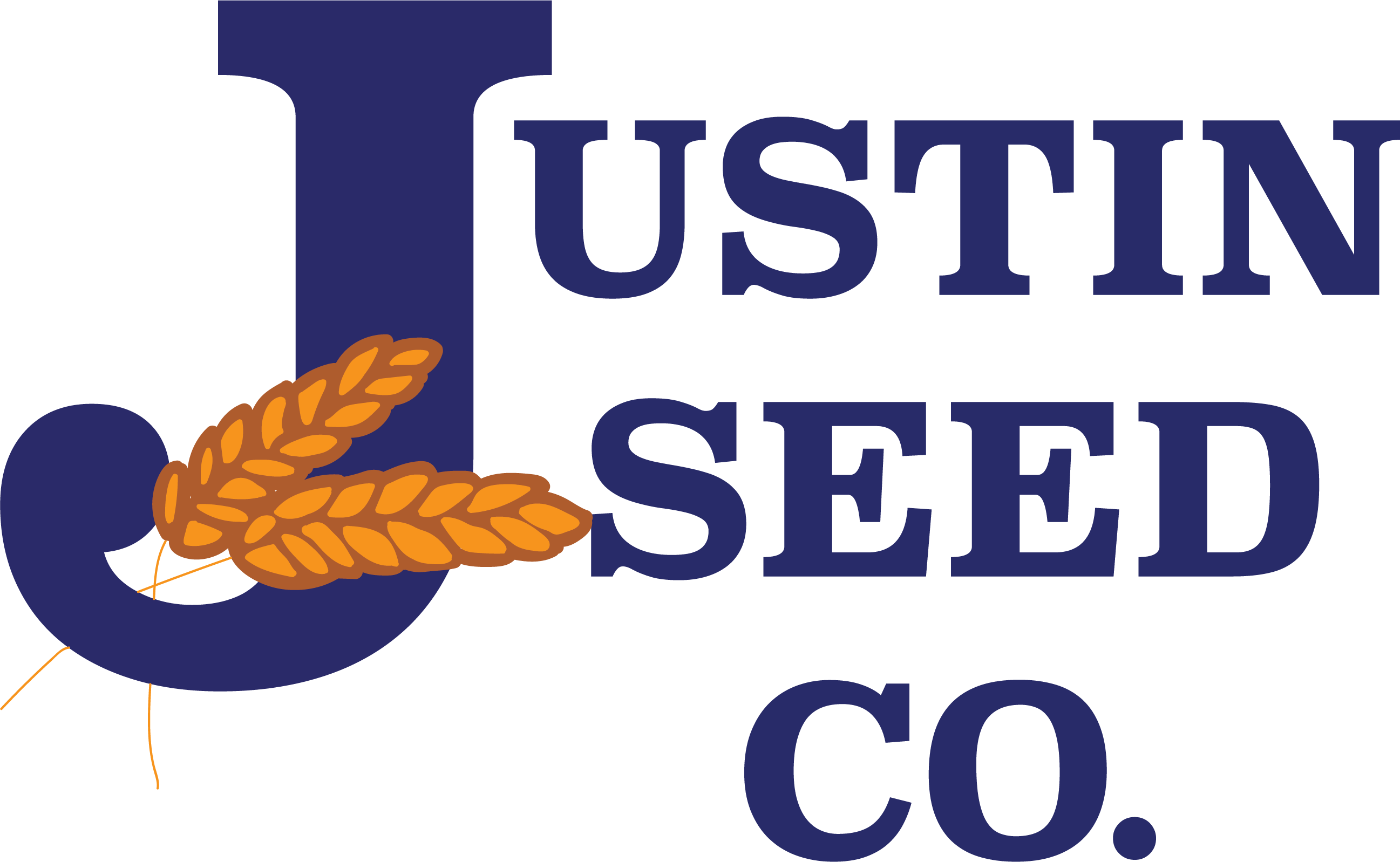
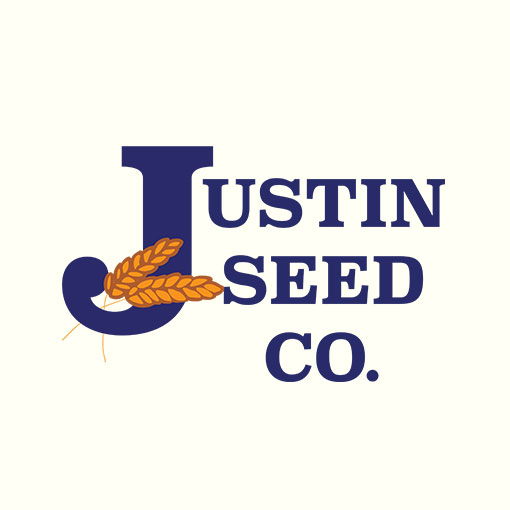
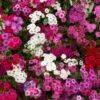

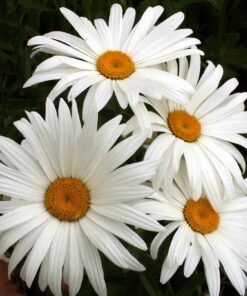
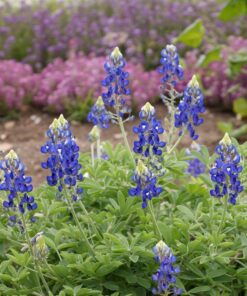
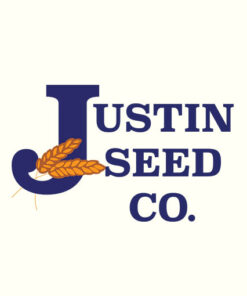
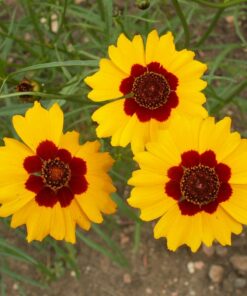
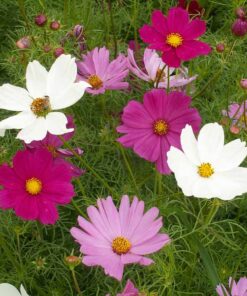

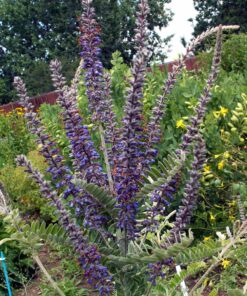
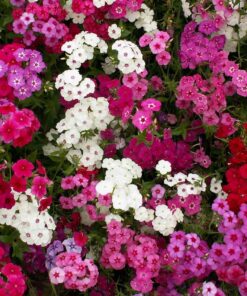
Reviews
There are no reviews yet.